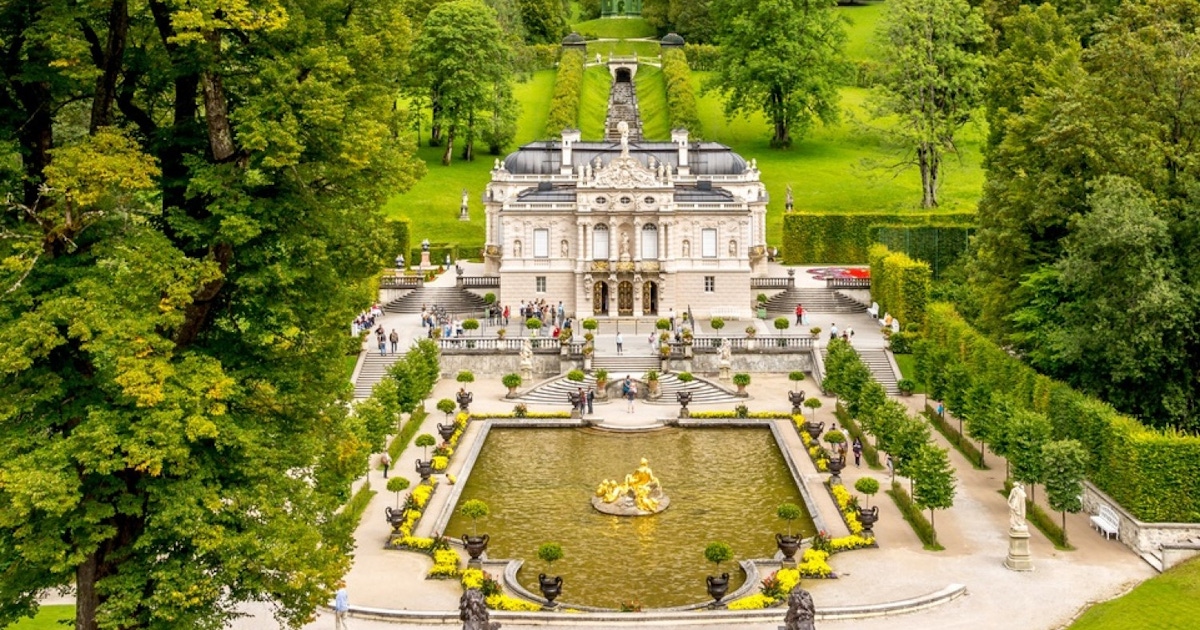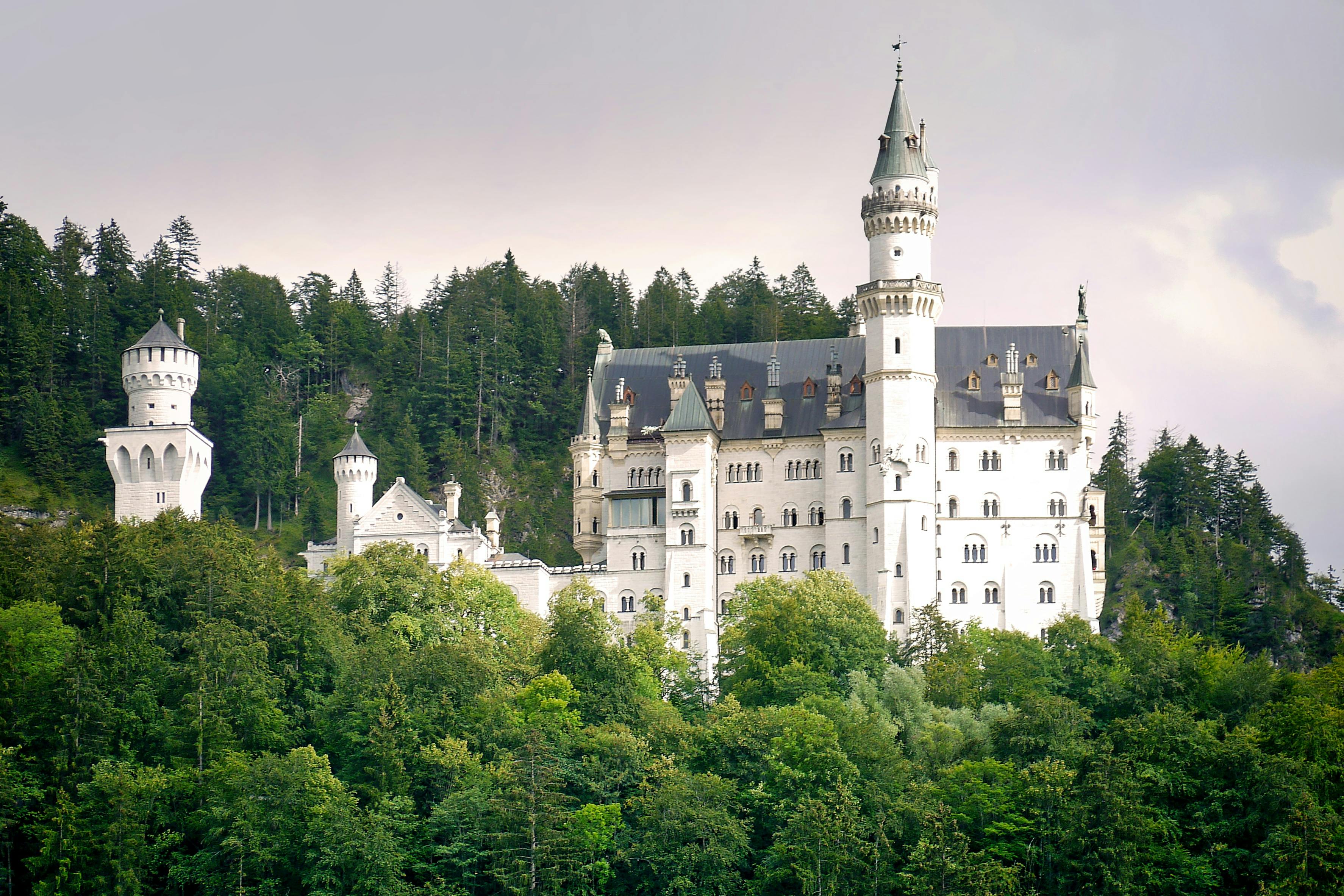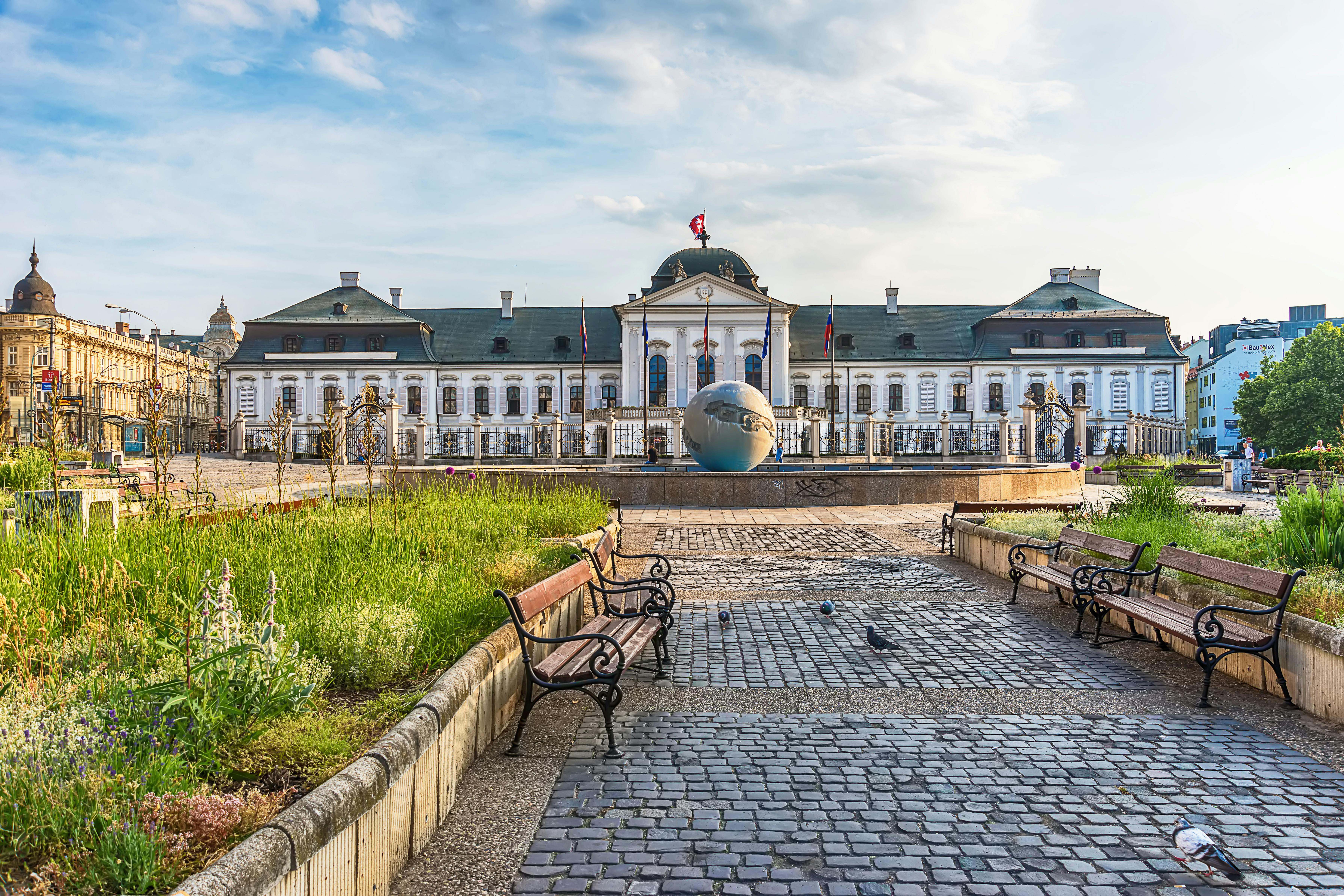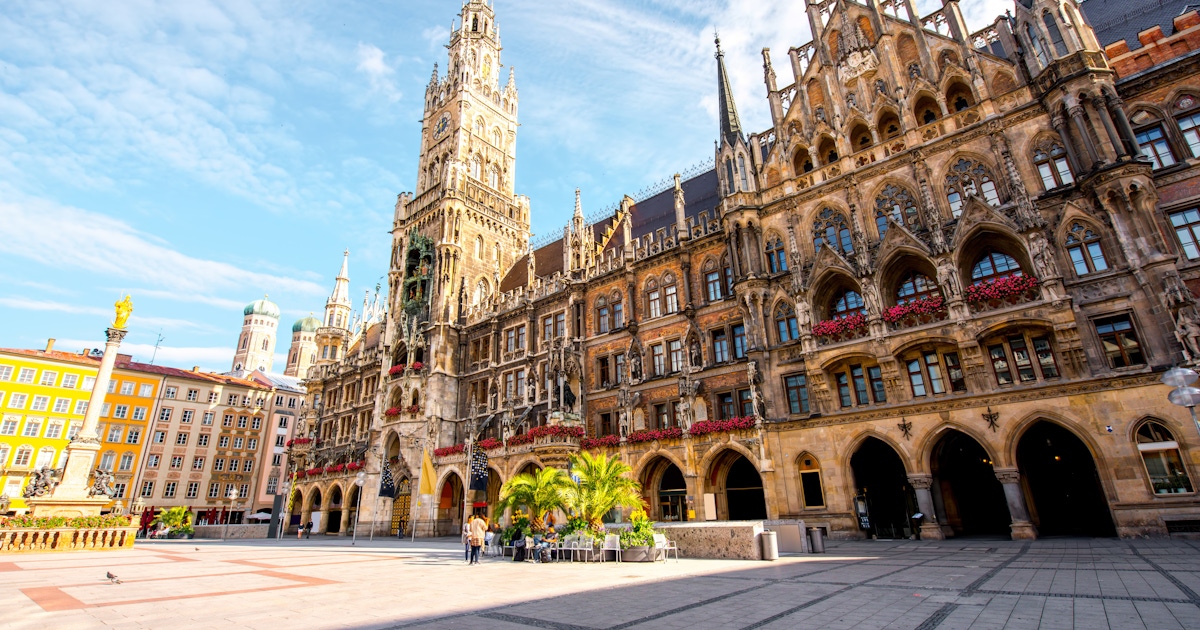The Linderhof Palace is a small palace located in southwest Bavaria, Germany. It was built by King Ludwig II of Bavaria in the late 19th century, and it is one of three palaces built by the king during his reign. The palace is situated in the Graswang valley near the town of Oberammergau, and it was designed in a French Rococo style.
Construction on the Linderhof Palace began in 1869, and it was completed in 1886. During this time, King Ludwig II lived in a nearby hunting lodge while overseeing the construction of the palace. The palace was built on the site of an old hunting lodge that had been owned by the king’s father.
The Linderhof Palace was designed by the architect Georg Dollmann, who also designed the Neuschwanstein Castle, another famous Bavarian palace. The palace features a central hall, a grand staircase, and a series of ornately decorated rooms, including the Hall of Mirrors and the Music Room.
The palace grounds are also noteworthy, featuring a variety of gardens, fountains, and other decorative elements. The grounds were designed to resemble the gardens of Versailles, and they feature several artificial grottoes, including the Venus Grotto, which is a replica of the Cave of Hesperides from Greek mythology.
King Ludwig II was known for his extravagant spending on palaces and other grand projects, and the Linderhof Palace was no exception. Despite its relatively small size, the palace was extremely expensive to build and maintain. King Ludwig II died before the palace was fully completed, and it was opened to the public shortly thereafter.
Today, the Linderhof Palace is one of the most popular tourist attractions in Bavaria, drawing visitors from all over the world who come to see its ornate rooms and beautiful gardens.











